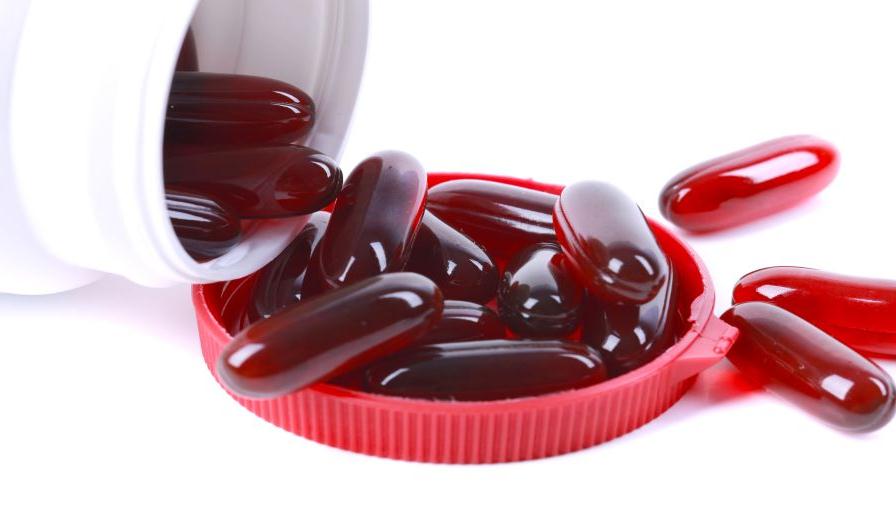Categorias
- Blogue (60)

If you’ve read anything about is astaxanthin good for eyes, you’ve probably heard of astaxanthin, one of the most potent antioxidants. Astaxanthin and its advantages for eye health have been the subject of extensive investigation in recent years. We’ve put together this guide to help you better understand astaxanthin, covering everything from where to find it to its possible advantages.
The class of plant compounds known as carotenoids includes astaxanthin. There are hundreds of naturally occurring carotenoids, with beta-carotene perhaps being the best-known. Carotenoids give plant foods their brilliant color. Because of its purported potency, astaxanthin is of considerable interest to researchers. De acordo com estudos, it has 100 times the antioxidant capacity of vitamin E and is 10 times more potent than zeaxanthin, luteína, and beta-carotene (alpha-tocopherol). Astaxanthin provides stronger protection than other antioxidants because of its distinct molecular structure, which enables it to operate both within and outside of cell walls.
Astaxantina never transforms into a pro-oxidant, therefore unlike some other antioxidants, it does not add to the body’s detrimental oxidative stress. Under specific circumstances, some antioxidants, like vitamin C, can also have pro-oxidant effects in the body, which means they produce compounds called free radicals that, as antioxidants, they also work to prevent. But because it is believed to have no pro-oxidant properties, astaxanthin is regarded as a pure antioxidant.

The strongest evidence points to astaxanthin’s benefits for lowering eye strain and preventing age-related macular degeneration (AMD), one of the main causes of vision impairment in the world. Astaxanthin has been studied by numerous research teams who believe it may help prevent and treat certain eye conditions. According to research on astaxanthin, it may help lower:
In addition to using smartphones, comprimidos, and other digital devices at home and during our free time, the majority of us now use computers at work. No entanto, spending so much time staring at screens might be bad for our eyes, causing fatigue and irritation. One study examined astaxanthin’s potential to lessen eye strain, ocular tiredness, impaired vision, and short-sightedness. In middle-aged and older adults with presbyopia, 6mg of astaxanthin taken daily for four weeks may help alleviate the signs of eye strain, according to researchers (a condition that makes focusing on close objects difficult). Further research involving 49 healthy participants revealed that individuals who took 4 mg or 12 mg of astaxanthin daily for 28 days experienced an improvement in their distance vision.
Damage to retinal pigmented epithelium (RPE) cells and the light-sensitive photoreceptor cells they support is one component thought to play a critical role in vision loss associated with AMD. Many experts think free radical-induced oxidative stress may be to blame for this. Astaxanthin may defend human RPE cells known as ARPE-19 from oxidative damage, according to laboratory testing. The researchers came to the conclusion that astaxanthin may offer a possible therapeutic approach for the avoidance and treatment of AMD as well as other retinal illnesses linked to oxidative stress as a result of this. Adicionalmente, an Italian study on the effects of astaxanthin in people with AMD discovered that those who took a supplement containing 10 mg of lutein, 1 mg of zeaxanthin, e 4 mg of astaxanthin for two years experienced improvements in their visual acuity, or clarity of vision, as well as contrast sensitivity, a different test of vision. The findings imply that taking lutein, zeaxantina, and astaxanthin together may help AMD patients see better.
Because it is produced by a freshwater algae by the name of haematoccus pluvialis, astaxanthin can be quite scarce in its natural forms. In order to shield itself from direct sunlight, this algae creates a lot of astaxanthin, a red pigment, when the water it lives in dries up. Como resultado, there are only two primary sources of astaxanthin in nature: the algae themselves, the fish and shellfish that consume them. Salmon, for instance, have a characteristic pink flesh because they graze on the algae that make astaxanthin. Astaxanthin is present in a wide variety of seafood, Incluindo:
No entanto, it’s doubtful that you’ll eat enough of these items, even if you eat a lot of them, to get enough astaxanthin into your system to enhance your vision. While there are no set daily quantities of astaxanthin that are officially recommended, studies have used doses of 4 para 16 mg, with 6 mg being the most frequently used dose for eye health. To put this into perspective, one 165g meal of wild salmon typically contains about 3.6mg astaxanthin.
Portanto, you might want to think about taking supplements in addition to eating a balanced diet to boost your astaxanthin levels when you’re not eating enough astaxanthin-rich foods.
Would you love to learn more about our astaxanthin powder or supplements, just let us know at [email protected].